What is Vermiform Appendix? Is Appendix an organ?
It is a worm like structure, with one end blind while the other end is attached to caecum. Caecum is a part of large intestine and is more like a pouch at the junction of small and large intestines [2].
Appendix is not known to have any vital functions. Nevertheless, it is considered as a vestigial organ (an organ which had a function in ancient human beings, but does not have the same function now) [2].
Meaning
The word ‘Vermiform’ and ‘Appendix’ has a Latin origin [1]. ‘Vermiform’ gives the meaning ‘Worm-shaped’ [2] and ‘Appendix’ means ‘Appendage’ [1].
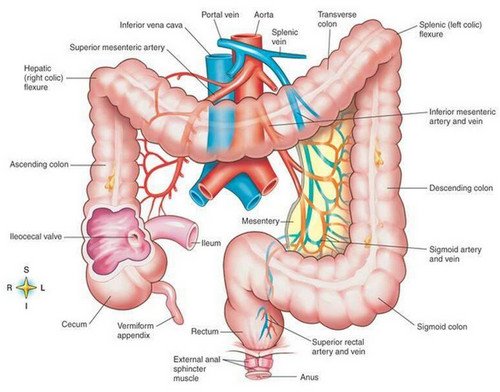
Image 1: Vermiform Appendix arising from the caecum can be seen in this picture.
Picture Source: diagramiac.com

Photo 2: A closer look at vermiform appendix.
Image Source: images.fineartamerica.com
Where is your appendix located in the body?
The appendix lies in the right iliac region or the right lower quadrant of the abdomen [4, 5]. It is a vestigial part of large intestine, which is believed to be a shrunken part of caecum that was functional in the ancient human [2].
This is mainly because of its continuity with the caecum and due to a histological (microscopic) structure that closely resembles the structure of caecum. It measures roughly around 4 inches long and a quarter of an inch diameter [5].
Appendix location picture – What side is your appendix on ?
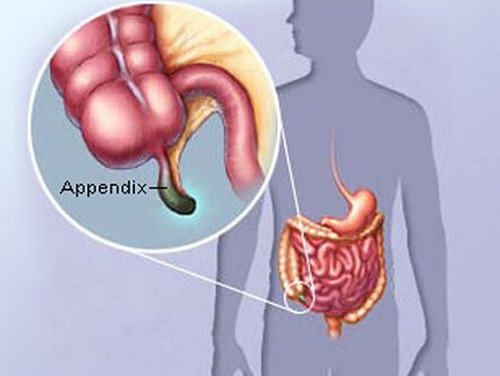
Image 3: Image showing the position (location) of appendix in the body.
Photo source: images.onhealth.com
What is the function of the appendix?
Though the appendix is considered a vestigial organ, researchers and scientist believe it may have a role in immunity of the body, particularly the intestine. Calling the appendix a vestigial organ, in the true sense, might prove wrong since we have not uncovered its complete function till now [2, 4, 5, 6, 7, 8].
- Helps in immunity- Structurally it has lots of lymphoid tissue, in which B lymphocytes and T lymphocytes are present. This may help it in countering invasion of infective organisms through the gut by targeted immune response.
- Safe house for intestinal flora- Another thought process which has developed lately among the scientists is its role to boost the immunity following a diarrhoeal disease. When there is invasion by harmful bacteria or viruses, the normal beneficial bacteria that live in the intestines lose the war. While it gets flushed out of the remaining parts of intestine, the appendix acts as a safe house. This helps them to fight back against the infection, and thus recovery of the individual from the diarrhoeal disease becomes faster.

Picture Source: i.ytimg.com
Can you live without a vermiform appendix?
Yes, people live their normal life span even after removal of their appendix. When the appendix gets inflamed and is threatening to burst, doctors remove it surgically. Since it is not having any vital functions in the body, this is possible.
What are the diseases of the appendix?
Vermiform appendix can get a variety of disorders or infections. Most commonly known condition is acute appendicitis. Other conditions that affect the intestine can also affect the appendix.
- Acute Appendicitis- The probability of appendix getting inflamed is high because of two facts. The first being that it has a narrow lumen and one end is blind. Any organisms or matter getting into the lumen of appendix can impact within and cause an obstruction. Secondly, it is in close proximity to caecum, which is the junction between small and large intestines. Most commonly the appendix gets blocked by hardened faecal matter Fecolith). This causes a series of events such as mucous getting trapped within the lumen and interference with the venous and lymphatic returns, finally resulting in the inflammation and enlargement of the appendix [9, 10, 11, 12].
- Congenital abnormalities- Congenital absence of vermiform appendix and appendiceal duplication [13].
- Endometriosis of the appendix [13]
- Mesenchymal tumors- Leiomyoma and Leiomyosarcoma [13]
- Non-myogenic neoplasms- Gastrointestinal stromal tumor, granular cell tumor, Kaposi’s sarcoma [13]
- Lymphoma [13]
- Carcinoid tumors [14, 15, 16]
Symptoms of an inflamed appendix
Symptoms of appendicitis may vary from person to person. Generally a patient with appendicitis (inflamed appendix) presents with the following.
- Abdominal pain- Though the location of appendix is in the right lower quadrant, the initial pain mostly starts around the navel. As the inflammation progresses, the pain localize towards the right lower quadrant. It is in fact difficult to diagnose appendicitis clinically.
- Fever- A low grade fever may be seen in most of the individuals
- Loss of Appetite- It is one of the initial symptoms which is reported by most patients.
- Nausea and Vomiting
- Lump in the right lower quadrant- When the treatment for acute appendicitis is delayed, the body tries to limit the infection to the appendix. Mesentery of the intestine covers the appendix in the effort. This forms a lump in the region. The infection if left uncontrolled may complicate as perforation or rupture of the appendix. This can lead to peritonitis which can become fatal. Septicemia (spread of infection to the blood) may also occur[17, 18, 19, 20].
Where does the appendix pain occur?
Generally, the pain of acute appendicitis starts around the navel and later on localizes towards the right iliac region. On the body, the position of base of the appendix corresponds to McBurney’s point. An imaginary line is drawn from the navel towards the right anterior superior iliac spine (the front end of the bony prominence you can feel at your hip).
The junction between medial 2/3rd and lateral 1/3rd of this line is McBurney’s point. Applying pressure with the thumb at this point will elicit tenderness. While removing the thumb suddenly, it may elicit a sudden tenderness and patient may rise with pain. This is known as ‘rebound tenderness’ [22].
Appendix pain location Pictures
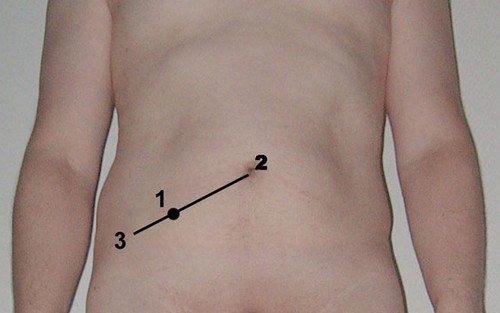
Picture 5: McBurney’s Point
Image Source: epmonthly.com
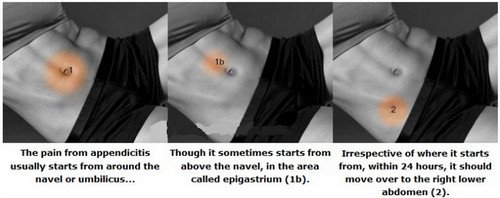
Photo 6: Image shows the pain transition from the navel towards right lower quadrant of the abdomen in case of appendicitis.
Picture Source: www.abdopain.com
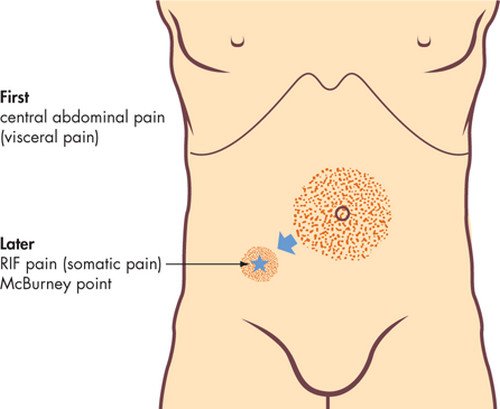
Image 7: Image shows McBurney’s point pain in the later stage.
Photo Source: murtagh.mhmedical.com
Why does appendix burst?
Appendicitis causes the appendix to inflame and enlarge. Bacteria inside the appendix are causing the inflammation. With the swelling enlarged, the blood vessels that carry away the blood from the site are also blocked.
This causes the tissues to die off and result in necrosis. The lump which had formed to limit the infection becomes filled with pus, and is now called an abscess. The complication of abscess is its rupture. Imagine all the pus which is released from the abscess moves into the abdominal cavity.
It would be horrible with the infection spreading into the cavity. The symptoms of pain, fever etc. would increase with the rupture of the abscess.

Image Source: i.imgur.com
Diagnosis
Diagnosis is done by co-relating the history, examination findings, the lab tests and the radiological study[22, 23, 24].
- Blood study may reveal high white blood cell count and ESR.
- Urine test- Done to exclude kidney or urinary tract infection.
- Pregnancy test in females- Done to exclude ectopic pregnancy.
- X-ray of the abdomen
- Ultrasonography of abdomen
- CT scan of abdomen
- Laparoscopy of abdomen- May be done if the diagnosis is still uncertain.
For the clinical diagnosis of Appendicitis, a particular scoring system has been in use. The ALVARADO Scoring system is also known as MANTRELS scoring based on the elements used for the scoring. Though not of high sensitivity, this scoring helps in determining the likelihood of appendicitis [28].
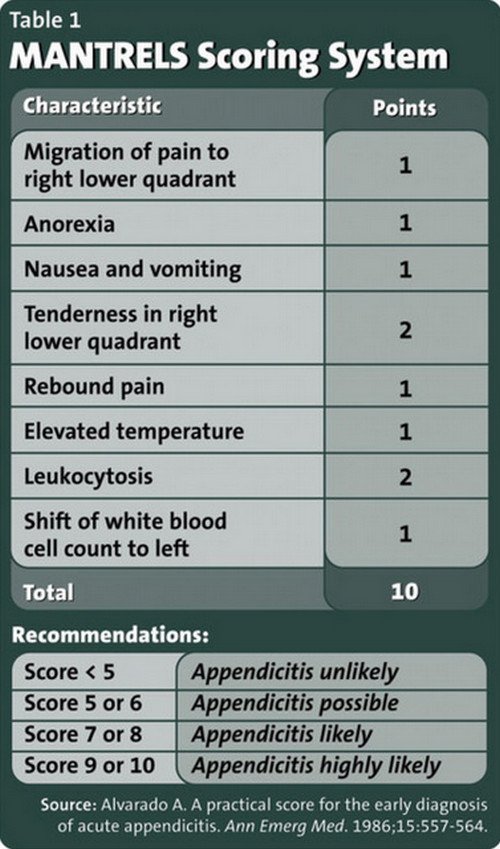
Photo 9 – Image showing the elements, scores and classification by ALVARADO/MANTRELS scoring system.
Picture Source: emergencyradiology.files.wordpress.com
Differential diagnosis of Acute Appendicitis
Appendicitis in fact can mimic many of the abdominal conditions. It is important to exclude them while diagnosing. Few of the conditions include
- Urinary tract infection
- Pelvic inflammatory disease
- Ovarian cysts
- Ovarian torsion
- Testicular torsion
- Renal stones
- Ectopic pregnancy
- Diverticulitis
- Bacterial gastroenteritis
- Crohn’s disease
- Other appendicular conditions such as tumours of the appendix [25, 26]
Treatment
The main stay of treatment in case of appendicular conditions is appendectomy (surgical removal of the vermiform appendix). This helps in controlling the infection and at the same time prevents recurrence. Antibiotics are also given to check the progression of infection. Interval appendectomy (Appendix removed after an interval) may be done in some cases where abscess has developed [27].
Reference:
- https://medical-dictionary.thefreedictionary.com/vermiform+appendix
- https://en.wikipedia.org/wiki/Appendix_(anatomy)
- https://www.merriam-webster.com/dictionary/organ
- https://www.webmd.com/digestive-disorders/picture-of-the-appendix
- http://www.innerbody.com/image/dige03.html
- Associated Press. MSNBC, 5 October 2007. Accessed 17 March 2009.
- Bollinger, R.R.; Barbas, A.S.; Bush, E.L.; Lin, S.S.; Parker, W. (21 December 2007). Journal of Theoretical Biology. 249 (4): 826–831.
- Zahid, Aliya (2004-04-01). “The vermiform appendix: not a useless organ”. Journal of the College of Physicians and Surgeons–Pakistan: JCPSP. 14 (4): 256–258
- https://static-content.springer.com/lookinside/chp%3A10.1007%2F978-3-642-13327-5_161/000.png
- Longo, Dan L.; et al., eds. (2012). Harrison’s principles of internal medicine (18th ed.). New York: McGraw-Hill. p. Chapter 300.
- Tintinalli, editor-in-chief Judith E. (2011). New York: McGraw-Hill. p. Chapter 84
- Schwartz’s principles of surgery (9th ed.). New York: McGraw-Hill, Medical Pub. Division. 2010. p. Chapter 30
- https://www.ncbi.nlm.nih.gov/pubmed/15807474
- Burney, Richard E. MD. “Acute Appendicitis.” University of Michigan Health System. http://www.med.umich.edu/1libr/aha/aha_append_crs.htm
- Cunha, John P. DO. Durham, Britt A. MD.http://www.emedicinehealth.com/appendicitis/article_em.htm
- Lee, Dennis MD. Marks, Jay W. MD. http://www.medicinenet.com/appendicitis/article.htm
- https://www.webmd.com/digestive-disorders/digestive-diseases-appendicitis#1
- https://www.medicinenet.com/appendicitis/article.htm
- https://www.healthline.com/health/digestive-health/appendicitis-emergency-symptoms#overview1
- https://www.steadyhealth.com/articles/appendicular-mass-a-dreadful-complication-of-appendicitis
- https://en.wikipedia.org/wiki/McBurney%27s_point
- https://www.mayoclinic.org/diseases-conditions/appendicitis/basics/tests-diagnosis/con-20023582
- https://www.nhs.uk/conditions/appendicitis/diagnosis/
- https://www.niddk.nih.gov/health-information/digestive-diseases/appendicitis/diagnosis
- https://emedicine.medscape.com/article/773895-differential
- https://www.uptodate.com/contents/acute-appendicitis-in-adults-clinical-manifestations-and-differential-diagnosis
- https://emedicine.medscape.com/article/773895-treatment
- https://en.wikipedia.org/wiki/Alvarado_score
